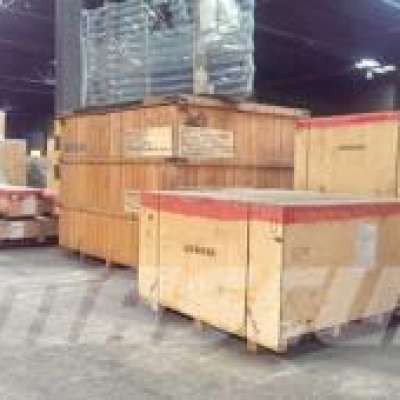Classroom Aid - Supernova Remnant Crab Nebula Pulsar
Text in 'How far away is it - Supernovae and Star Clusters' document
http://howfarawayisit.com/wp-c....ontent/uploads/2018/
In this segment of our “How far away is it” video book, we cover Supernovae and star clusters.
As we start Supernovae, we compare the magnitude of the exploding star that created the Helix Planetary Nebula with the explosion that created the Crab Nebula. We take the opportunity to describe the size and densities of White Dwarfs as compared to Neutron Stars. We also take a look at what the daytime sky might look like if Betelgeuse were to supernova.
We then cover the Neutron Star that that a star supernova leaves behind. We take a deep look at the Crab Nebula’ Neutron star and cover the full spectrum view of the nebula from radio waves to x-rays. We then take a look at the beautiful Veil Nebula and the Cygnus Loop.
We then explain what a Type 1a Supernova is and how it works as a critically important standard candle. We show a binary star system with matter flowing through the L1 Lagrange point, and mention Subrahmanyan Chandrasekhar’s solution to Einstein’s equations. We then take a look at the amazing remnants of past supernova explosions scattered across our galaxy including: SN 1006, RCW 86, Tycho Supernova SN 1572, Cassiopeia A with its Light Echoes, RCW 103 with its Magnetar, Kepler's supernova SN 1604, N 63A, and Supernova 1987A. For RCW 103, we illustrate the impact on the Earth if it were Capella that went supernova. We conclude this section on SN with a look at how we find them with transient facilities like the Zwicky Transient Facility at the Palomar Observatory.
We continue on to Star Clusters by pointing out that there are two primary kinds of star clusters: open cluster and globular cluster. We visit some very beautiful open clusters including: the Pleiades, the Jewel Box (NGC 4755), Pismis 24 in NGC 6357, and NGC 6791. And then we visit some spectacular globular clusters including: 47 Tucanae, Omega Centauri, the Quintuplet, and Arches cluster with the Pistol Star, and M30.
We conclude by adding brightest globular clusters and Type 1a Supernova as key standard candle rungs on our distance ladder.

 admin
admin 

















